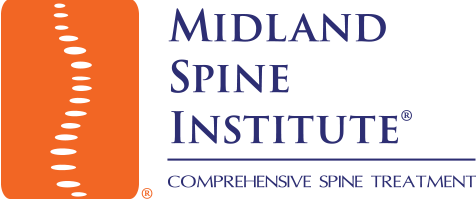Throbbing pain in your head. Sensitivity to light. Sudden waves of nausea.
If you have chronic migraines, then you know it’s not just a simple headache. Migraine attacks can be excruciating and debilitating, even interrupting the way you live your day-to-day life.
While there are medications out there to try and ease symptoms, there’s no known cure for chronic migraines. For those suffering from the condition, it can feel like there’s no relief in sight.
That’s where Botox injections come in. You might know Botox for its ability to smooth facial wrinkles, but it’s also been approved as a powerful method of migraine headache relief.
Let’s explore everything you need to know about this promising migraine treatment and what it can do for you.
Botox and Migraines: What You Need to Know
Botox has shown to be an effective treatment for migraine headache relief, reducing the number of days affected by headache pain. One study found that patients experienced a 50% reduction in headache days when getting Botox treatment.
1. How Does Botox Work on Migraines?
Botox is injected in small doses in the areas that cause headache and migraine pain. When injected into the nerve endings, it reduces muscle contractions and blocks the release of chemicals involved in pain transmission.
These injections can reduce symptoms of migraine attacks, including:
- Headache pain
- Nausea
- Vomiting
- Sensitivity to light, sounds, smells
The pain-relieving results can last approximately 10 to 12 weeks.
2. Who Can Get Botox Treatment?
Not everyone who struggles with migraines may be eligible for treatment. The FDA has approved the use of Botox injections to treat diagnosed chronic migraine in adults who are over the age of 18.
The criteria for chronic migraine diagnosis is:
- Headaches for more than 15 days a month
- Migraines for a minimum of eight days each month that last for at least four hours
- These symptoms occur for at least three months
Depending on your symptoms, a doctor, neurologist, or headache specialist may prescribe Botox injections as a treatment.
3. What Can You Expect During Treatment?
At your appointment, you can expect your neurologist to administer 30 to 40 Botox injections in different areas, including the forehead, temples, back of the head, neck, and upper back. Although the injections can cause mild pain or discomfort, injections are small and administered quickly. The entire procedure typically takes around 10 to 15 minutes.
It may take between 1 and 3 weeks to start seeing results. In between Botox injections, you can use alternative pain medication to treat your migraines. After multiple cycles of treatment, you can expect to see a gradual improvement in your results.
4. What Are the Side Effects?
Complications or side effects of Botox injections are rare. You might experience mild neck pain, muscle weakness, or stiffness around the injection site. Some patients also develop a headache immediately afterward.
If these side effects occur, they tend to resolve on their own within a few days.
5. Will My Insurance Cover Botox Treatment?
On average, the FDA-recommended dosage costs between $300 to $600 for each treatment. Because it’s FDA approved, it’s covered by most plans if you have the diagnosis of chronic migraines.
Although your insurance company will likely approve Botox as a treatment, you must have first tried two other preventative measures and found them to be ineffective.
Migraine Headache Relief in the Permian Basin
If you suffer from chronic migraines and haven’t yet found the relief you’re looking for with other treatment options, Botox might be right for you. The process is quick, low risk, and effective for reducing the pain of migraine symptoms, letting you get back to your life as soon as possible.
At Midland Spine Institute, we specialize in pain management for headache pain, including chronic migraines, tension headaches, and more. If you’re ready to move forward with treatment options, schedule a consultation with us today.


